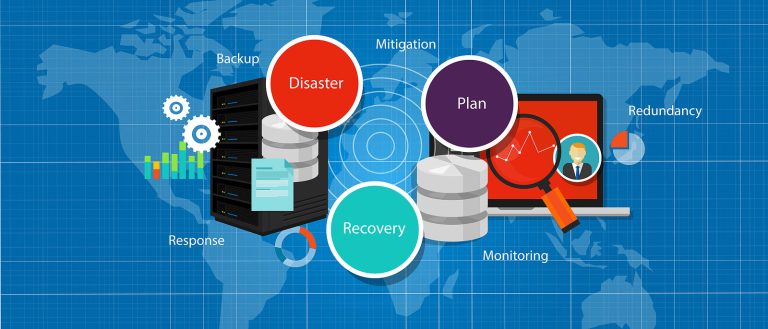Managed IT services, where you pay someone to look after your IT for you, have been around for many years. Businesses of all shapes and sizes use them to their advantage, but some think outsourcing IT is only for the big organizations. That’s wrong!!
Table of Contents
ToggleA History
In the early days, large companies indeed outsourced all their IT to large managed service providers, including transferring their IT staff to these big IT service organizations. This removed the complexities of running IT, for what was meant to be a fixed monthly fee, with delivery measured against service levels under a long-term contract, typically 5-10 years.
But many of these client companies got caught out by the commercial models then used by the large outsourcing organizations. These outsourcers knew that requirements would change as the businesses evolved. They also knew that it’s challenging to capture every single detailed requirement in an outsourcing contract. So they would charge high fees for changes. In fact, their financial models predicted very little profit in the early years of a contract but massive profits funded by the cost of change from about year three onwards.
Outsourcers like these also tried to keep clients locked in forever by using proprietary operating models and complex legacy IT systems that were difficult to understand.
So client companies ended up paying well over the odds for unwieldy IT services that no longer met their needs and significant challenges to move away.
But then the world of IT changed……..
The Change in Managed IT Services
Developments in IT changed how managed services are delivered.
The first big change was moving from legacy IT systems to those based on widely used and widely available platforms like Microsoft and Unix. This meant that more IT companies were able to offer managed IT services, driving competition, increasing choice, bringing down costs, and removing the risk of lock-in.
New, smaller managed service providers emerged, offering value-for-money services with much shorter contract durations.
The next big change was the Cloud. Cloud services, including servers, storage, applications, databases, and more, are delivered over the Internet. This significantly increased the number of different managed service offerings, as essentially any service provided from the Cloud is a managed service. Most have a ‘pay as you go’ model, with short-term contracts.
This dramatically reduced IT costs and made managed IT services available to any kind or size of business. Cloud-based managed IT services can scale up or down as your business changes, helping you to run your business efficiently.
How Can You Use Managed IT Services?
You can use managed services for all of your IT needs or just for some of them. Let’s look at an example:
A manufacturing company had a small three person IT team. The team was good at the day-to-day support of the IT users but were struggling to keep up with patching the systems to keep them secure. Instead of taking on another staff member, they contracted with a local managed IT service provider for system patching and security management. This gave them access to the required specialist skills for a much lower cost.
Today, most providers offer a wide range of managed IT services with flexible pricing models. Good ones will provide initial consultancy to help you decide which services you need, then put together a package that’s right for you. Typical services include:
- Help desk
- Desktop support
- Remote device support
- Application hosting
- Web hosting
- Application support
- Backup and restore services
- Security services
- System patching services
- System upgrade services
- Disaster recovery
- Application development
You might want all of these services all of the time, but a more common approach these days is to partner with a provider who can offer what you need, then call off an individual service only when you need it.
For example, you only need to use system upgrade services when an upgrade needs to be done, typically once a year. Instead of training your own staff to do these upgrades, taking this as a managed service takes the pain away from you and reduces the risk of issues.
No matter what size your business is, managed IT services can improve your profitability, reduced risks, and improve efficiency.





